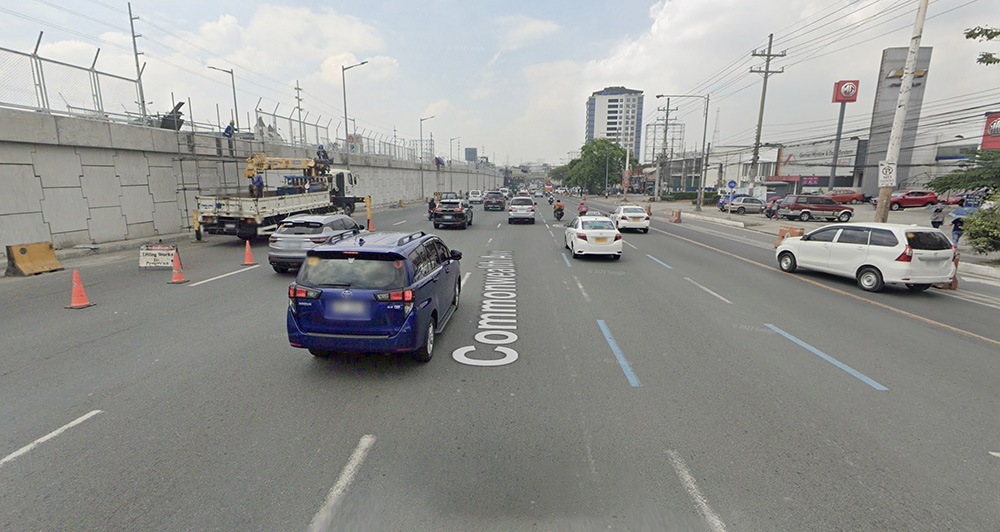
The Metropolitan Manila Development Authority recently convened a meeting with both government agencies and nongovernment groups to discuss a possibly innovative proposal—an exclusive motorcycle lane on Commonwealth Avenue in Quezon City. MMDA has indicated that the current proposal is “exclusive” and not “restricted,” meaning that non-motorcycle vehicles may not use the lane, but motorcycle riders may exit the lane as necessary into mixed traffic lanes.
While some were worried that a motorcycle lane would eat into Commonwealth’s wide protected bicycle lanes—which were godsends for our pedal-powered commuters—MMDA’s proposal currently places the motorcycle lane separate from the protected bike lanes, which stay in the proposed scheme.
Though there is some conflict between visuals presented at the meeting, MMDA confirmed that the protected bike lanes would stay, and stay at their current width on Commonwealth Avenue of 2.44m. Good news for bike commuters who certainly appreciate the advantages of wide bike lanes.
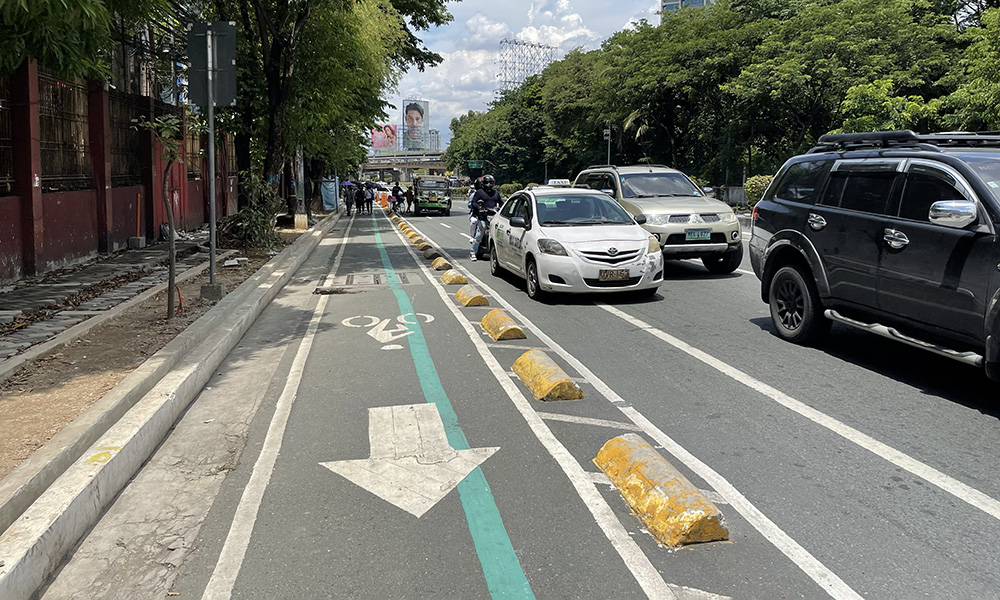
A protected motorcycle lane could make sense. In heavy traffic conditions, a lane for motorcycles is more likely to keep moving. Its theoretical capacity is between mixed traffic (read: car) lane and an exclusive bike lane, but probably closer to the bike lane.
There is also an equity concern: There are far more motorcycle-owning households than car-owning households in the Philippines, according to a recent SWS Survey. SWS estimates that 37% of all households own motorcycles, while only 6% own cars. Bicycles come in second place with 23% of households claiming ownership. It certainly seems fair that if we are designing for exclusive bicycle traffic, then we should be considering the needs of our many motorcycle riders as well.
Fair caveats, of course, to implementing such a proposal: The idea behind protected bicycle lanes and (obviously protected) sidewalks is to separate the slower active modes of travel from the faster, motorized modes.
If motorcycles were to get their own lane—assuming it would be about 3.5m wide—this means that motorcycle riders would have to get used to traveling at a lower speed in order to maximize flow and safety within the lane. It is also important to solve the problem of conflict between the PUV lane and the bike lane nearby, especially at intersections as well as at sections of Commonwealth Avenue that vary in width.
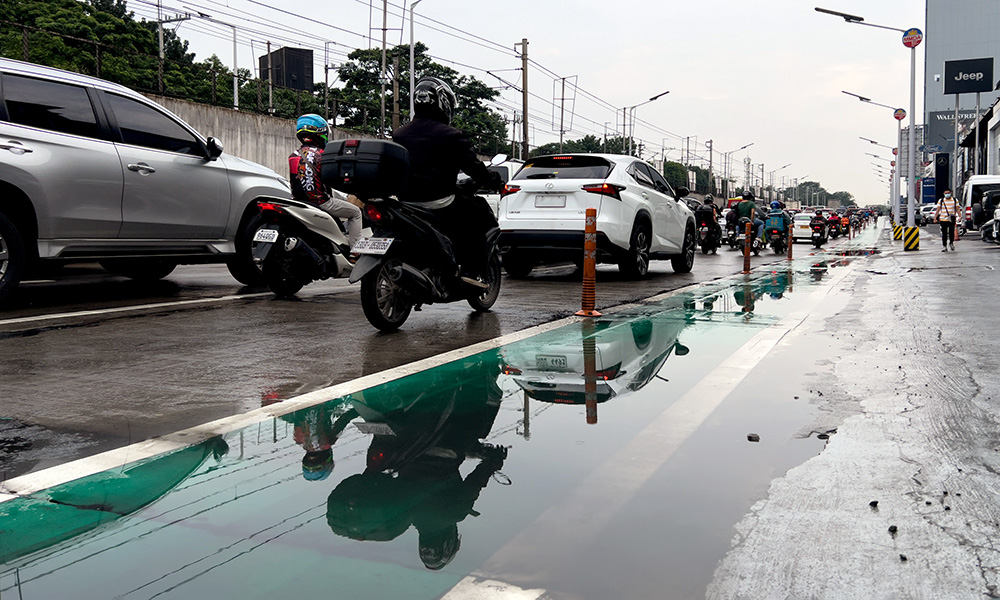
Countries with high levels of motorcycle ownership, such as Indonesia and Taiwan, have implemented motorcycle lanes with some success, which may provide a good way forward.
Still, one would also be right to ask if a motorcycle lane represents a band-aid solution that distracts from the ultimate goal of improving sustainable transportation: walking, cycling, and public transport. Many households invest heavily and even go into debt to own a private motor vehicle mainly because public transport has become too difficult to use. Sure, this means freedom for motorcycle riders, but is this the freedom we want? Does it bring us closer to goals for public health, the environment, and the climate?
In any case, the MMDA paying attention to vehicle ownership demographics is certainly a step worth praising. Let’s hope that leadership continues to listen and monitor to ensure the successful implementation of this proposal.

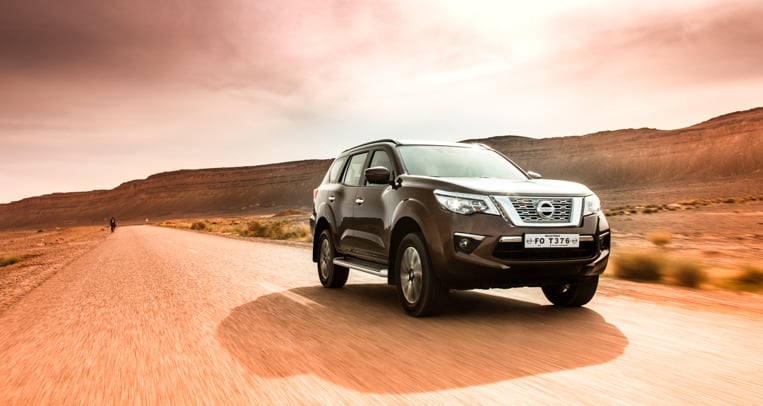
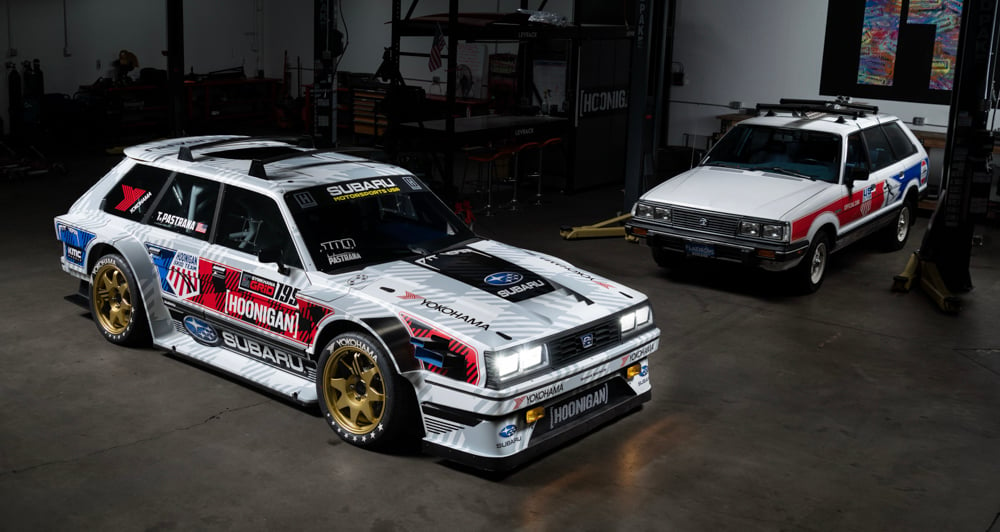
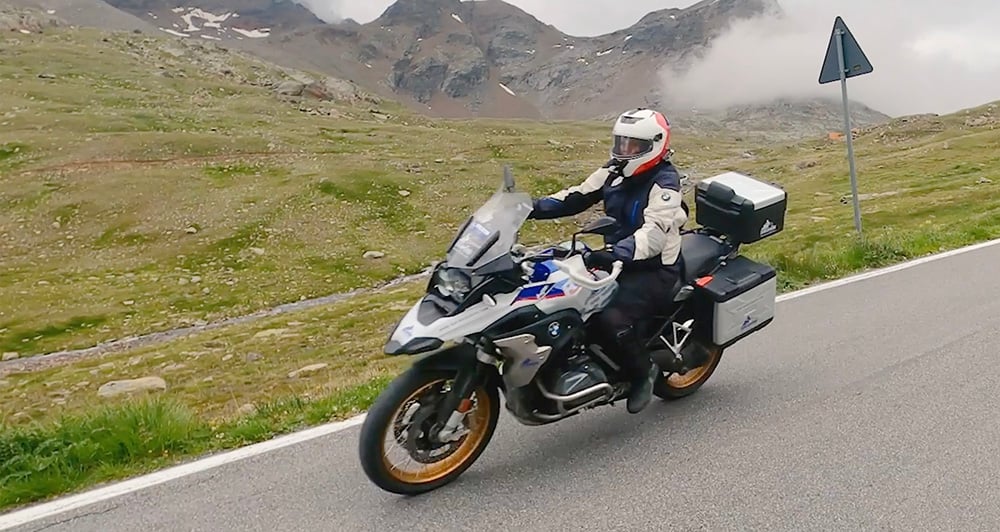
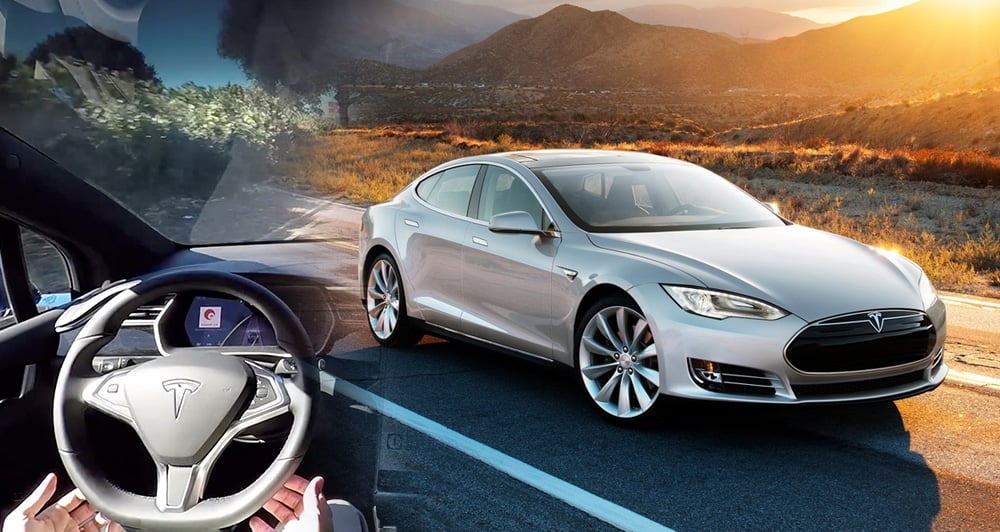
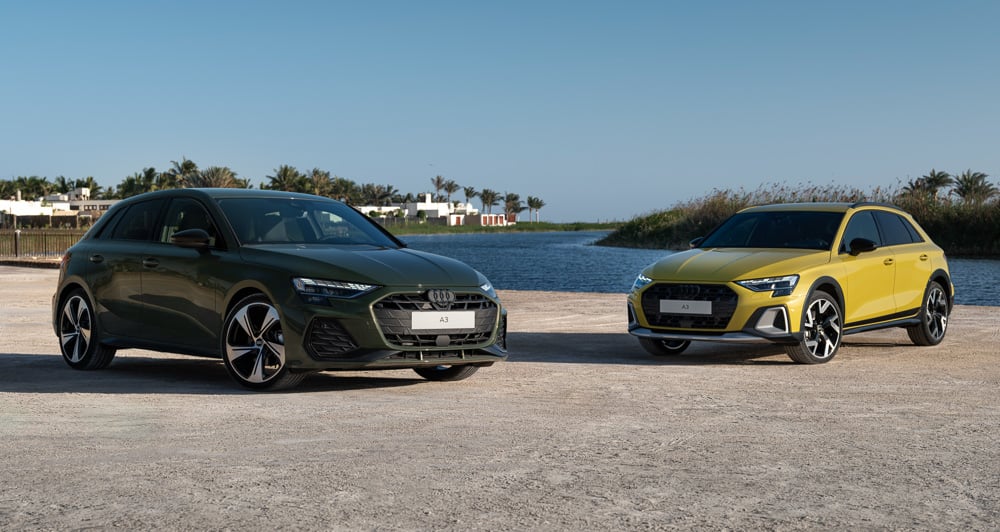


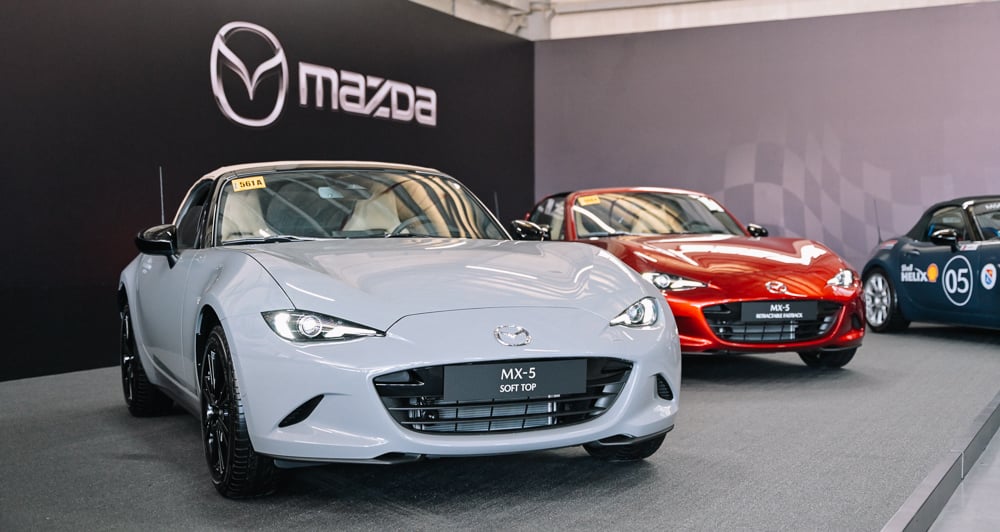
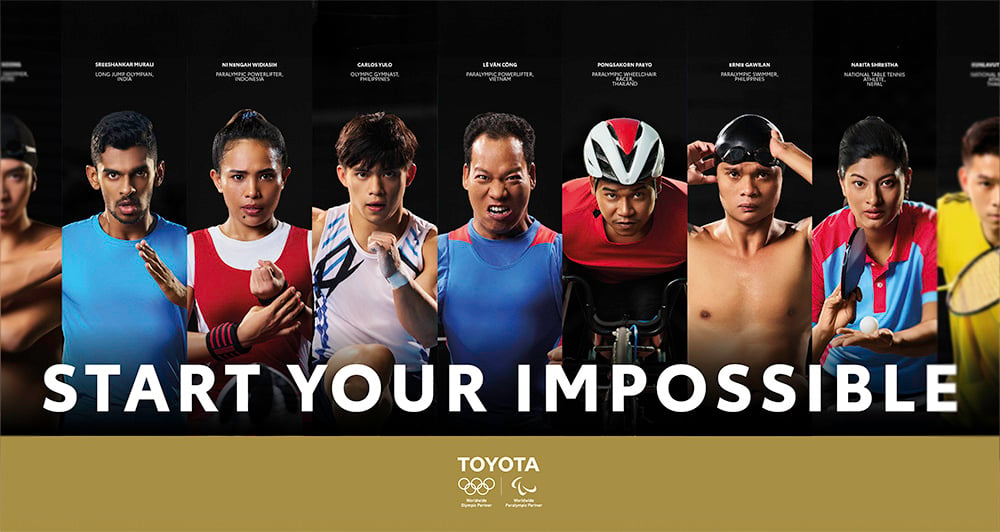
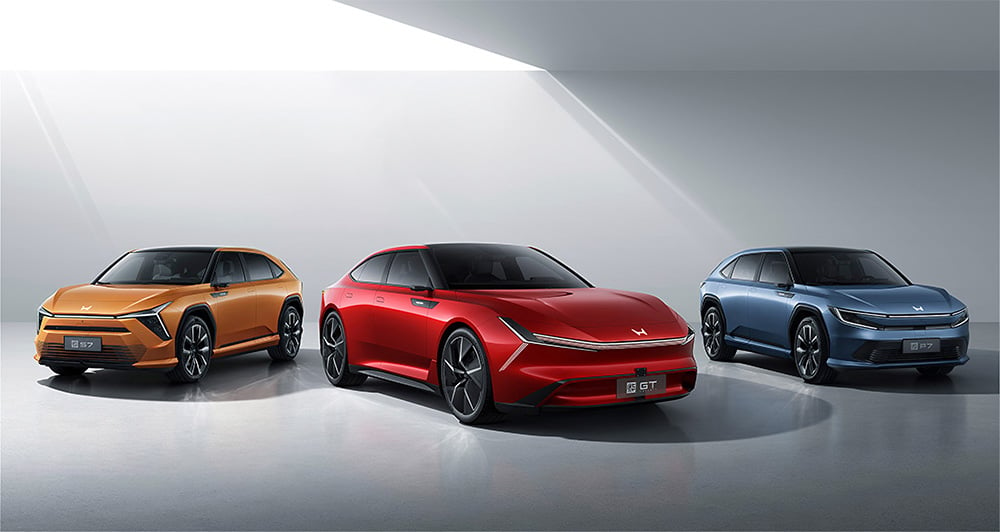
Comments